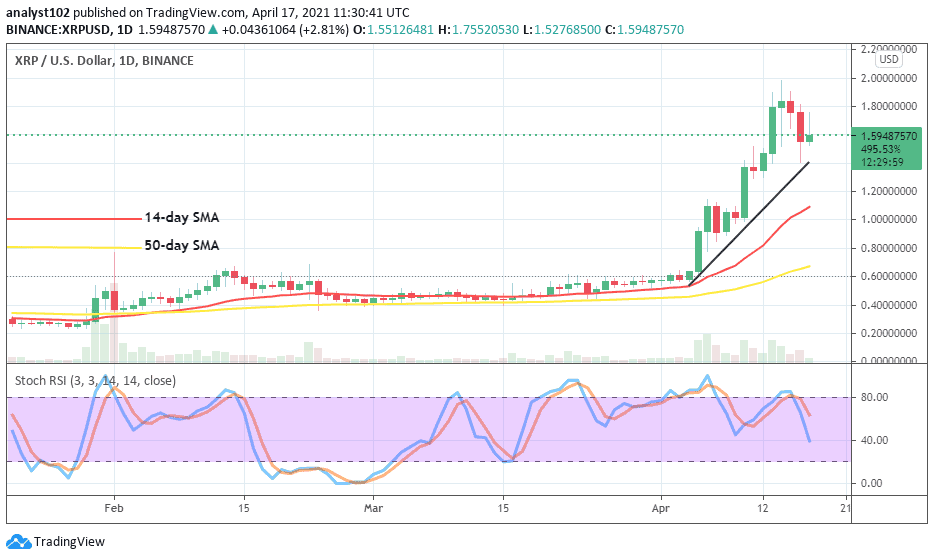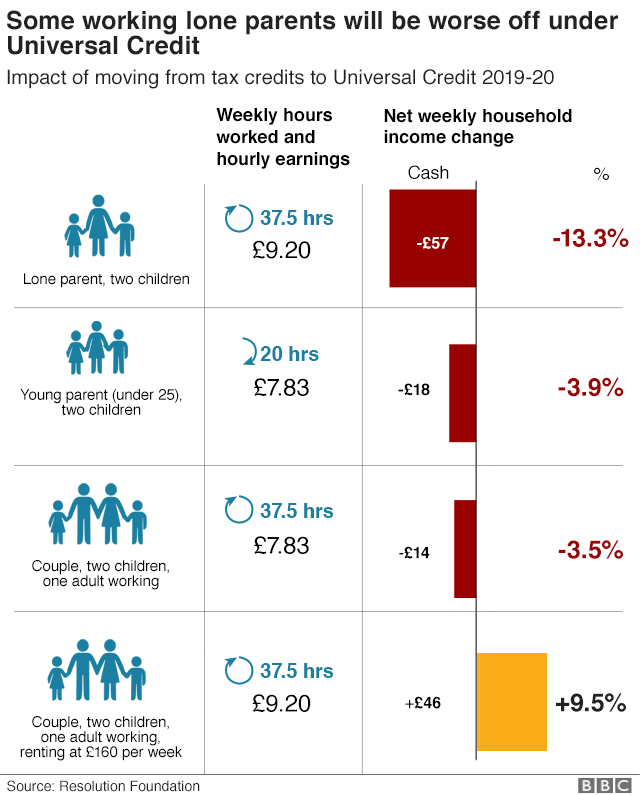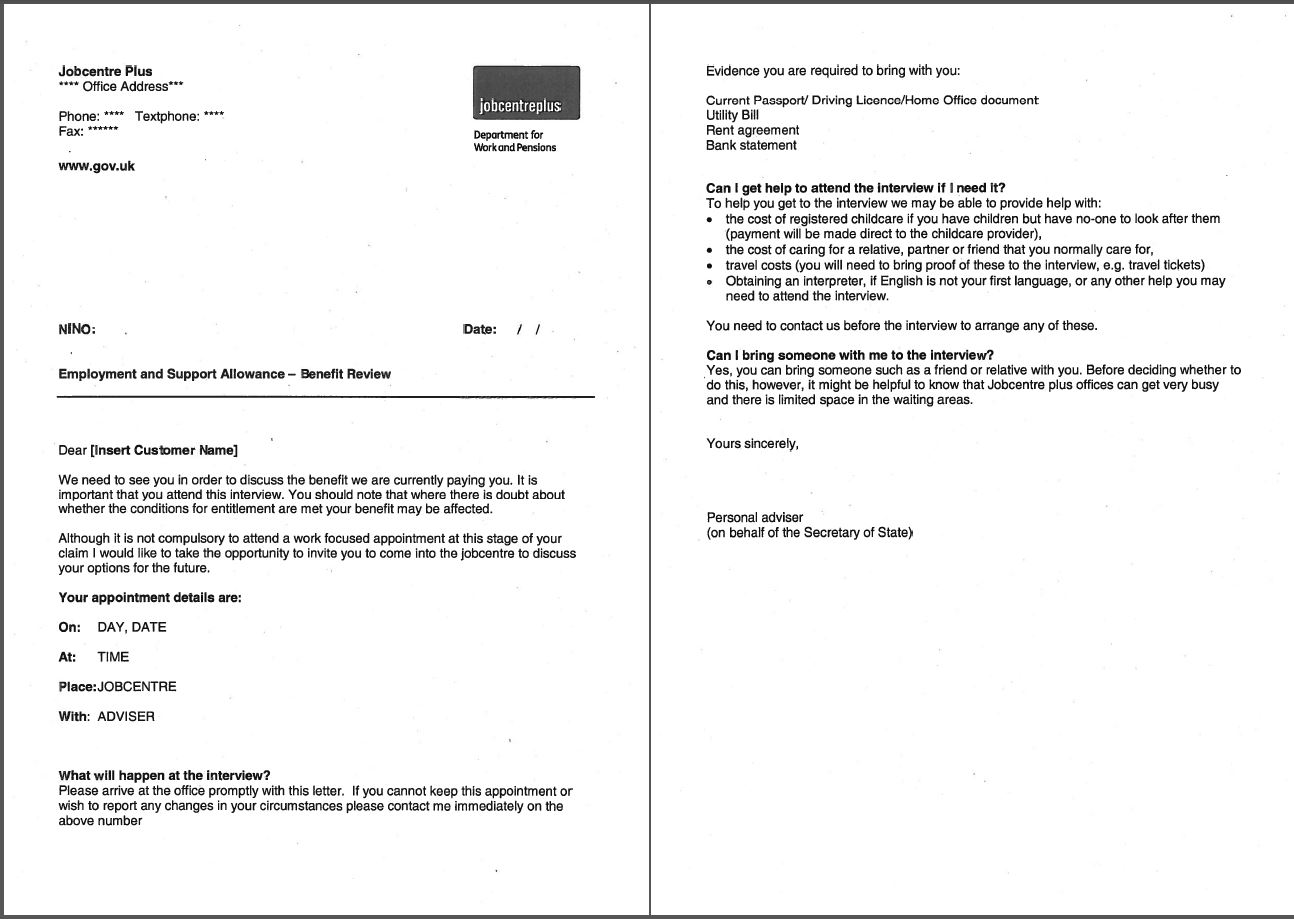GM's Canadian Production Cuts: Blaming US Tariffs?

Table of Contents
The Impact of US Tariffs on GM's Canadian Operations
The imposition of US tariffs on Canadian auto parts and vehicles has significantly impacted GM's Canadian operations. The USMCA (United States-Mexico-Canada Agreement), while intended to streamline North American trade, has not entirely eliminated the complexities of cross-border commerce. The lingering effects of previous trade disputes and the ongoing adjustments under the new agreement continue to create challenges for the automotive industry.
-
Increased Production Costs: Tariffs directly increase the cost of importing and exporting auto parts, crucial components in the manufacturing process. This added expense significantly impacts GM's profitability in Canada, making it more challenging to compete effectively in the global automotive market. The increased cost of raw materials and components ripples through the entire production chain.
-
Supply Chain Disruption: The reliance on seamless cross-border movement of goods means that any disruption, including tariffs, creates significant supply chain vulnerabilities. Delays and increased costs associated with tariff compliance affect production schedules and overall efficiency. This is especially true for just-in-time manufacturing processes prevalent in the automotive sector.
-
Reduced Competitiveness: Higher production costs in Canada, driven in part by US tariffs, directly reduce GM's competitiveness in the global market. Canadian-made vehicles become less price-competitive compared to those manufactured in countries without similar tariff burdens. This makes it harder for GM Canada to secure export deals and maintain market share.
GM's Official Statement and Justification for Production Cuts
GM's official statement regarding the production cuts cites a complex interplay of factors, going beyond simply blaming US tariffs. The company points to a combination of softening market demand, evolving consumer preferences towards electric vehicles, and broader global economic conditions.
-
Market Demand Fluctuations: The automotive industry is cyclical, and shifts in global and regional consumer demand directly influence production levels. GM suggests that decreased demand for certain vehicle models warrants the production adjustments.
-
Economic Factors: Global economic uncertainty and instability also play a role. Factors such as inflation, rising interest rates, and potential recessions impact consumer spending and purchasing power, reducing demand for new vehicles.
-
Credibility of the Justification: While GM's statement acknowledges the multifaceted nature of the problem, the significant impact of US tariffs on their cost structure cannot be ignored. The company's assertion that tariffs are not the primary driver is open to interpretation and requires further scrutiny. Comparing GM’s actions to other automakers operating in Canada is essential to fully understand the situation. For instance, if competitors haven't faced similar issues, it suggests other factors may be at play.
The Broader Economic Implications for Canada
The GM production cuts have significant economic implications for Canada, especially for Ontario, home to many GM facilities. The potential job losses represent a considerable blow to the Canadian manufacturing sector and the overall economy.
-
Job Losses and Regional Impact: The direct job losses at GM plants will have a cascading effect on related industries, including auto parts suppliers, transportation, and various service sectors. The impact will be particularly acute in communities heavily reliant on the automotive sector. The Ontario economy, a significant contributor to Canada's GDP, is expected to feel the brunt of these losses.
-
Impact on the Manufacturing Sector: Canada's manufacturing sector is already facing challenges in a globalized economy. These cuts signal a need for diversification and adaptation to remain competitive in the long term. It raises concerns about the competitiveness of Canada’s manufacturing industry and future investment.
-
Government Response and Support: The Canadian government will likely respond with measures to mitigate the economic fallout. This may involve initiatives to support affected workers, retraining programs, and incentives to attract new investments in the manufacturing sector. These measures will be crucial to mitigating the wider economic repercussions.
Alternative Explanations for Production Cuts
While US tariffs undoubtedly contribute to the challenges faced by GM in Canada, other factors should be considered:
-
Automation and Technological Advancements: Increased automation in manufacturing processes has reduced the need for human labor in many sectors, including the automotive industry. This trend pre-dates the current trade tensions.
-
Global Competition: The automotive industry is fiercely competitive, with manufacturers worldwide vying for market share. GM's strategic decisions might reflect a global realignment to prioritize more profitable markets or vehicle segments.
-
Shifting Consumer Preferences: The global shift towards electric vehicles and sustainable mobility presents both opportunities and challenges for traditional automakers. The production cuts could reflect a strategic adjustment to focus on new technologies and markets.
Conclusion
General Motors' Canadian production cuts highlight a complex interplay of factors. While the impact of US tariffs on GM’s Canadian operations is undeniable, increasing production costs and supply chain disruptions are significant. However, GM's official statement also points to softening market demand, global economic conditions, and the ongoing transformation of the automotive sector. Understanding the true weight of each factor requires further analysis and investigation. The consequences extend beyond GM, impacting the Canadian economy, manufacturing sector, and regional communities. The ambiguity surrounding the primary cause underlines the need for continued analysis.
Call to Action: Understanding the full impact of US tariffs and other factors on GM's Canadian production cuts requires ongoing monitoring. Stay informed about the evolving situation and its implications for the Canadian automotive industry by following our future articles on GM Canada and the ongoing debate surrounding US tariffs and their effects on Canadian manufacturing. Learn more about the complexities of GM Canada's production cuts and the ongoing implications of US tariffs.

Featured Posts
-
 Lotto Jackpot Results Saturday April 12th
May 08, 2025
Lotto Jackpot Results Saturday April 12th
May 08, 2025 -
 Ray Epps V Fox News A Deep Dive Into The January 6th Defamation Case
May 08, 2025
Ray Epps V Fox News A Deep Dive Into The January 6th Defamation Case
May 08, 2025 -
 Liga Na Shampioni Arsenal Protiv Ps Zh Kluchni Fakti
May 08, 2025
Liga Na Shampioni Arsenal Protiv Ps Zh Kluchni Fakti
May 08, 2025 -
 400 Up And Still Climbing Exploring Xrps Future Price Trajectory
May 08, 2025
400 Up And Still Climbing Exploring Xrps Future Price Trajectory
May 08, 2025 -
 Play Station Podcast 512 A Deep Dive Into True Blue
May 08, 2025
Play Station Podcast 512 A Deep Dive Into True Blue
May 08, 2025
Latest Posts
-
 Are You A Universal Credit Recipient Check If You Re Owed Hardship Payment Money
May 08, 2025
Are You A Universal Credit Recipient Check If You Re Owed Hardship Payment Money
May 08, 2025 -
 Historical Universal Credit Refunds Find Out If You Re Entitled
May 08, 2025
Historical Universal Credit Refunds Find Out If You Re Entitled
May 08, 2025 -
 Celtics Star Jayson Tatum Reflects On Larry Birds Impact
May 08, 2025
Celtics Star Jayson Tatum Reflects On Larry Birds Impact
May 08, 2025 -
 Tatum Under Fire Colin Cowherds Post Game 1 Critique
May 08, 2025
Tatum Under Fire Colin Cowherds Post Game 1 Critique
May 08, 2025 -
 Dont Lose Your Benefits What To Do If Your Dwp Letter Is Missing
May 08, 2025
Dont Lose Your Benefits What To Do If Your Dwp Letter Is Missing
May 08, 2025
